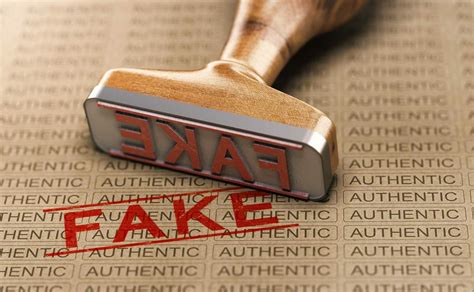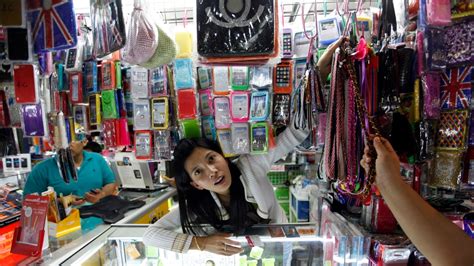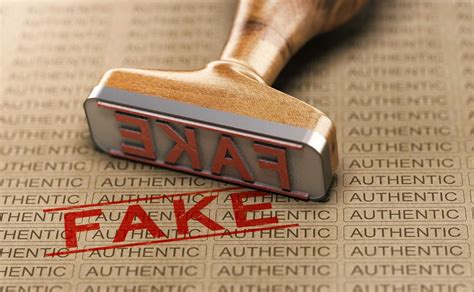Country-Specific Challenges in Combating Counterfeits
Understanding the Impact of Counterfeits Across Borders
Counterfeiting affects countries in varied ways, depending on economic, regulatory, and cultural factors. By examining different nations, we can uncover the specific challenges each faces and how they address these issues in unique ways. This section explores global insights into counterfeiting, focusing on the obstacles each region encounters.
1. How Does the U.S. Address Counterfeiting, and What Challenges Are Unique to Its Market?
The United States, with its vast economy, encounters unique challenges in tackling counterfeiting. Despite having some of the strictest laws, counterfeit goods still flood its markets. Here’s a breakdown of the specific issues the U.S. faces:
- High Demand for Branded Goods: The popularity of luxury brands makes the U.S. a significant target for counterfeiters.
- Widespread E-commerce: Online platforms provide a fast way for counterfeit goods to reach customers.

U.S. customs and border protection face the daunting task of monitoring an immense number of imports, and although the country has various regulatory agencies, enforcement is still complex due to online marketplaces and international shipments. The table below highlights key figures regarding the U.S.’s efforts against counterfeiting.
| Challenge | Description |
|---|---|
| High import volume | With a high volume of goods entering the U.S., identifying counterfeits can be challenging. |
| E-commerce oversight | Monitoring online sales and international websites presents enforcement issues. |
2. What Are the Main Counterfeit Challenges Facing China?
China, as both a manufacturing hub and one of the largest markets for counterfeit goods, faces unique challenges in countering fake products. Here’s a closer look at the complexities:
- High-Volume Manufacturing: China’s manufacturing infrastructure, while efficient, makes it susceptible to unauthorized replication of goods.
- Domestic Demand for Affordable Goods: With a growing consumer base, the demand for low-cost items fuels the counterfeit market.

Regulatory challenges are heightened due to complex supply chains and the sheer volume of products produced. Despite efforts to curb counterfeiting, enforcement remains difficult, particularly for international brands. Here’s a table highlighting some of China’s primary counterfeit challenges:
| Challenge | Description |
|---|---|
| Manufacturing scale | The volume of goods produced makes monitoring difficult. |
| Supply chain complexity | Many layers in supply chains make identifying counterfeit origins challenging. |
Table Summarizing Global Counterfeiting Challenges
| Country | Main Challenge | Enforcement Efforts |
|---|---|---|
| United States | High demand for luxury brands and e-commerce oversight | Customs and e-commerce regulations |
| China | Scale of manufacturing and supply chain complexity | Local enforcement and international cooperation |
FAQ
1. What is the main factor contributing to counterfeiting in emerging markets?
Emerging markets often have high demand for affordable goods, which can drive counterfeit sales.
2. How do online platforms impact counterfeit goods?
Online platforms allow counterfeiters to reach a wide audience quickly, making enforcement more difficult.
3. Why is counterfeiting difficult to control in countries with large manufacturing sectors?
Large manufacturing sectors often have complex supply chains, making it harder to trace and regulate unauthorized productions.
4. How do customs regulations affect the fight against counterfeiting?
Customs regulations are crucial, but the volume of international trade makes thorough checks challenging.
5. Are luxury brands more susceptible to counterfeiting?
Yes, luxury brands often face high counterfeiting due to high demand and brand prestige.
6. How does intellectual property law enforcement vary across countries?
Enforcement varies significantly, with some countries implementing stricter laws than others.
7. What role does consumer awareness play in reducing counterfeit sales?
Educating consumers on the risks and signs of counterfeit goods is essential in reducing demand.


